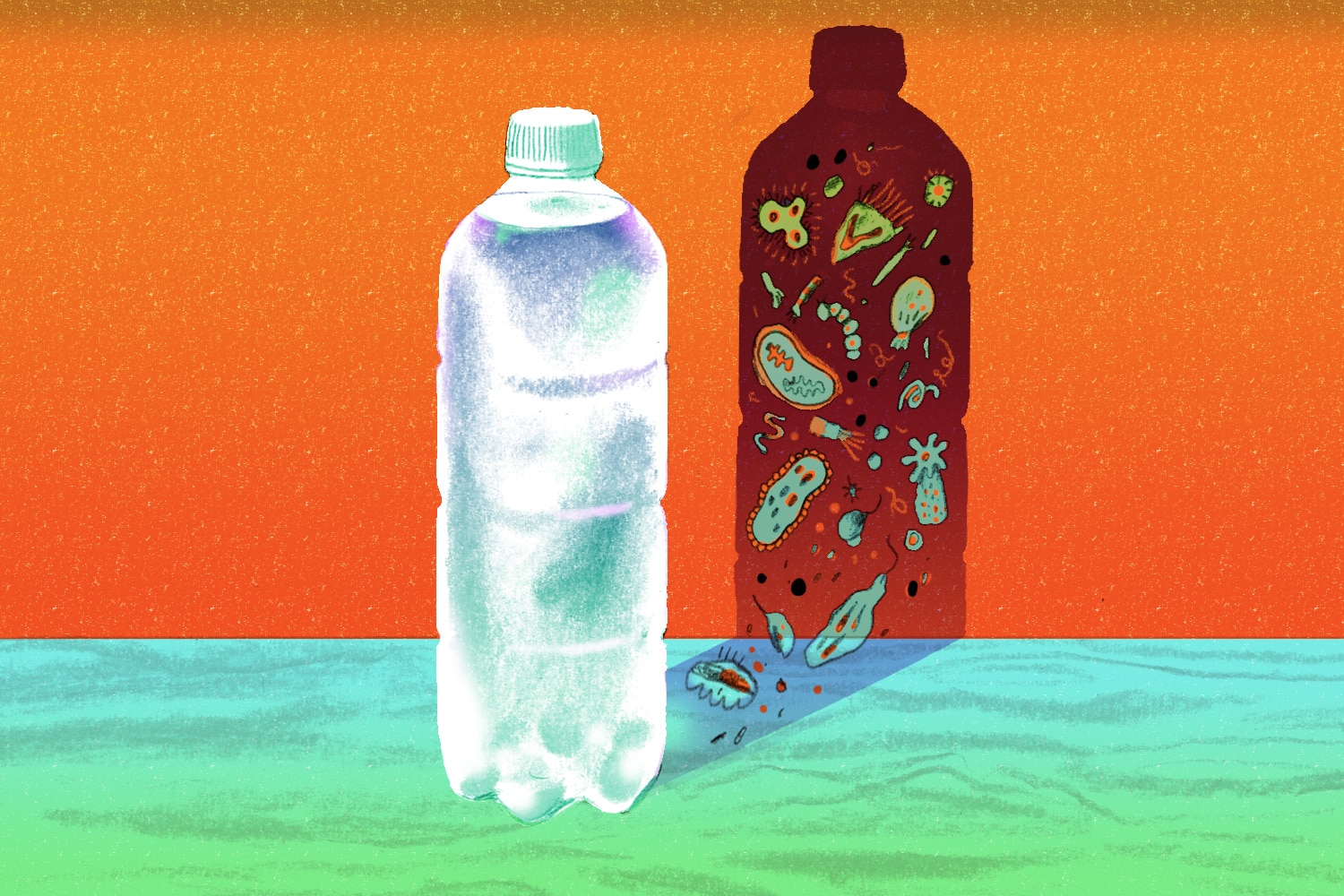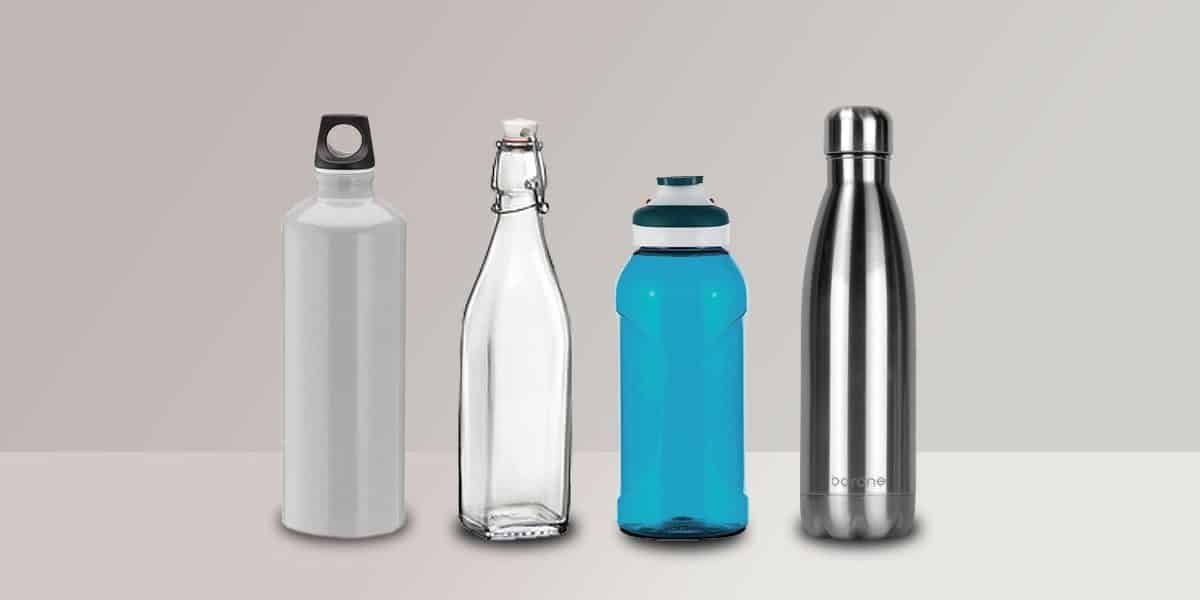Germ-free water – which method works best?
More than half of all cases of diarrhoea during travel are caused by contaminated drinking water. If you don’t want to take gallons of drinking water with you, you need to sterilize the water along the way. You can find out what options are available for this and the pros and cons of each method in the following article.
Sterilization of water by boiling
The tried-and-true classic – place the pan on the heat, let the water boil for at least 2 minutes and the drinking water is ready. It should be noted that the boiling point of water decreases with increasing altitude. As a result, the water may need to be boiled for a longer period of time to ensure that germs are reliably killed
Benefits
- Chemical-free
- No additional equipment needed
- Inexpensive
- Very reliable with a reasonable cooking time
Disadvantages
- Fuel required (wood, gas, etc.)
- The boiling point of the water decreases with altitude – the cooking time and thus the fuel consumption increase on the other hand
- The taste and smell of the water is not improved
- Tedious preparation (boiling and cooling)
- Rapid water recontamination
- Chemicals remain in the water
Mechanical sterilization with water filter
In the meantime, reduced to the size of a straw: the water filter. Depending on the filter material used (e.g. fiberglass, ceramic), bacteria, viruses and protozoa are more or less completely filtered out of the water. Some water filters also have activated carbon elements to neutralize or improve the taste of the filtered water.
Benefits
- Highly reliable disinfection
- No need for fuel
- Durable (several 1000 liters of filtration capacity depending on the degree of contamination)
- With activated carbon filter improves taste and smell
- Sometimes even chemical filters (fertilizers, pesticides, etc.)
- Relatively fast filtering method (for 1-2 people)
- The water can be drunk immediately
Disadvantages
- Additional Weight and Packaging Volume
- High purchase price
- Filter elements can become clogged and require frequent cleaning
- Depending on the pore size, additional chemical sterilization is required
- Pumping can be quite tedious
Sterilization by irradiation
Irradiation Water DisinfectionWhat works reliably in swimming pools and drinking water storage tanks also disinfects drinking water on a much smaller scale. This process uses UV light to kill all germs in the water. With small battery-operated appliances, you always have your aqueduct on tour, so to speak.
Benefits
- No need for chemistry
- Lightweight & Small
- No risk of over- or under-dosing
- No cleaning or drying required after use
- Relatively cheap purchase price
- Rapid disinfection
Disadvantages
- Suspended solids remain in the water
- No improvement in taste or smell
- High energy consumption (especially when it’s cold)
- No filtering of chemical substances
- Works only with clear water
- Quite high cost per liter of filtered water using batteries
Chemical water sterilization
In this process, pathogens in the water are chemically killed by adding drops or tablets. However, the chemical used decides whether the germs in the water are actually killed (chlorine, iodine) or only prevented from multiplying (silver ions).
Benefits
- Extremely lightweight
- Small format
- Depending on the chemical, virtually no water recontamination
- Sustainable conservation
- Large amounts of water can be disinfected in one go
Disadvantages
- The taste and smell of the water can be affected
- High costs per liter of sterilized water
- Partially long > action time 30 minutes
- Chemicals remain in the water
Comparison of individual procedures
The following table provides an overview of the different methods of sterilization and water treatment:
| Method | Price | Efficiency | Weight | Waist | Time Required |
| Boiling | ++ | – | + | ++ | – |
| Water Filter | – | ++ | – | – | + |
| Irradiation | + | ++ | + | + | + |
| Chemical | – | + | ++ | ++ | – |
Conclusion
The best method of sterilization and water treatment is highly dependent on the destination of the trip. While there is a lot of running and especially cold water in the desert north, the tropics with their great heat offer a significantly higher risk of water contamination.
It also depends on personal preference. While some people are ultra-light and, for weight reasons, only carry disinfection tablets with them, others appreciate tasteless and optically clean water. In the latter case, a water filter is certainly advisable.
There is therefore no jack-of-all-trades when it comes to sterilization and water treatment during circuits. On the contrary, the advantages and disadvantages should be weighed against each other and, if necessary, different methods should be combined. Water should always be sterilized when travelling. Because diarrhea (completely preventable) can turn every tour into torture.






